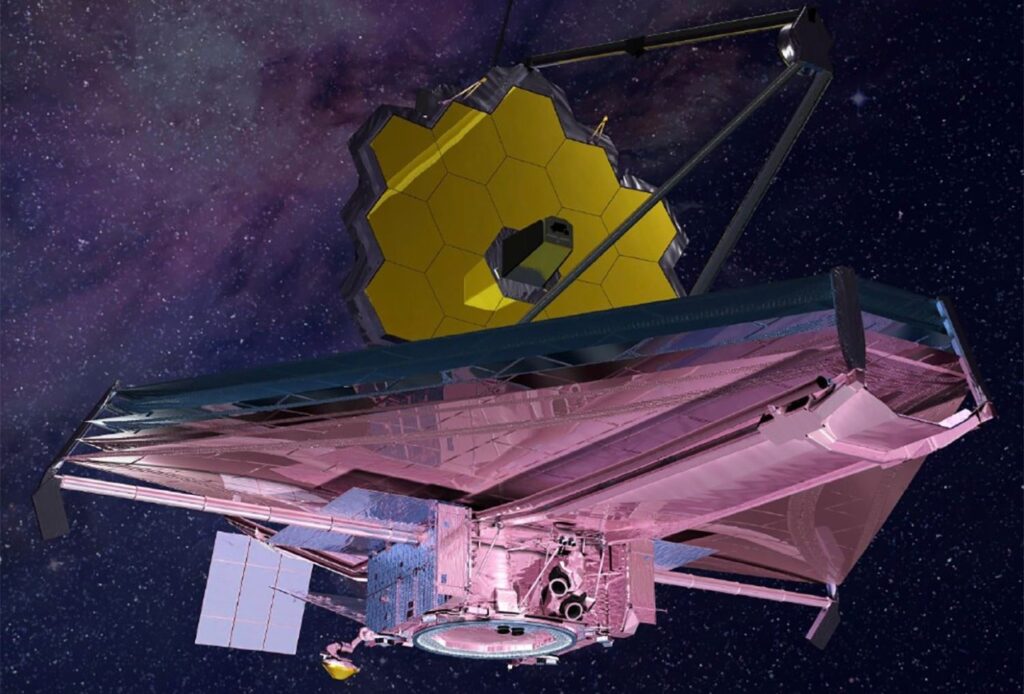NASA’s James Webb Space Telescope captured the iconic “Pillars of Creation,” huge structures of gas and dust teeming with stars. According to NASA, the image is as majestic as one could hope.
The twinkling of thousands of stars illuminates the telescope’s first shot of the gigantic gold, copper, and brown columns standing in the midst of the cosmos.
Also Read : NASA Going to Launch a Moon test flight by 14th of the November
At the ends of several pillars are bright red, lava-like spots. “These are ejections from stars that are still forming,” only a few hundred thousand years old, NASA said in a statement.
These “young stars periodically shoot out supersonic jets that collide with clouds of material, like these thick pillars,” the US space agency added.

The “Pillars of Creation” are located 6,500 light years from Earth, in the Eagle Nebula of our Milky Way galaxy.
The pillars were made famous by the Hubble Space Telescope, which first captured them in 1995 and then again in 2014.
But thanks to James Webb’s infrared capabilities, the newer telescope — launched into space less than a year ago — can peer through the opacity of the pillars, revealing many new stars forming.
According to NASA, the new image “will help researchers revamp their models of star formation by identifying far more precise counts of newly formed stars, along with the quantities of gas and dust in the region.”
Operational since July, Webb is the most powerful space telescope ever built and has already unleashed a raft of unprecedented data. Scientists are hopeful it will herald a new era of discovery.
One of the main goals of the $10-billion telescope is to study the life cycle of stars. Another main research focus is on exoplanets, planets outside Earth’s solar system.








